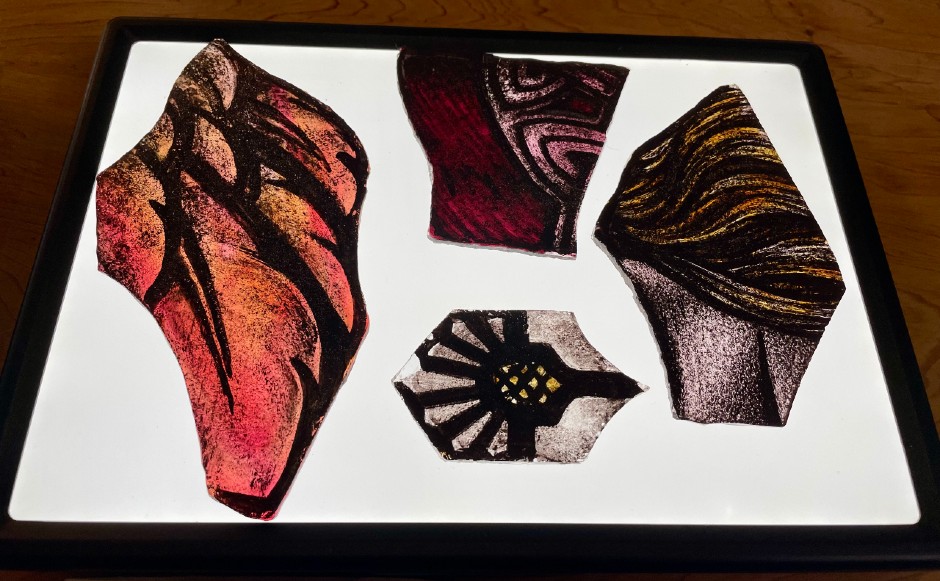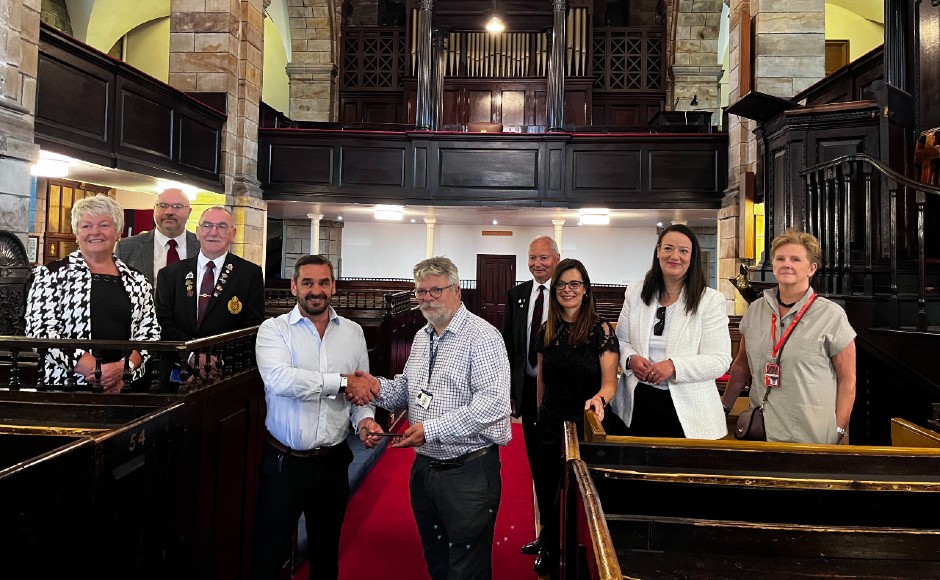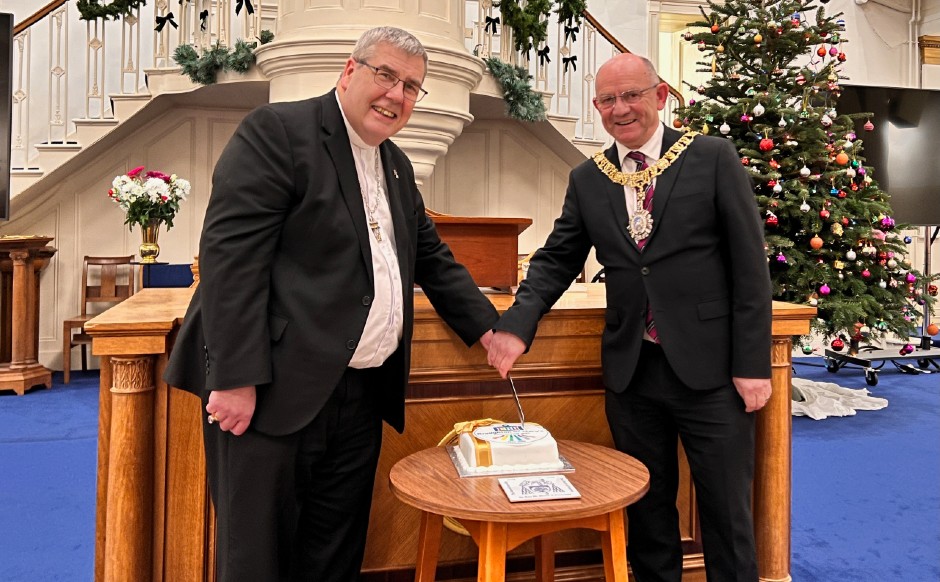Public asked for views to safeguard future of one of Scotland's most iconic churches
Published on 12 February 2025 6 minutes read
A public consultation is being launched to safeguard the future of one of Scotland's most historic and iconic churches.
The Abbey Church of Dunfermline in Fife contains the bones of King Robert the Bruce and is known the world over, welcoming more than 40,000 visitors a year.
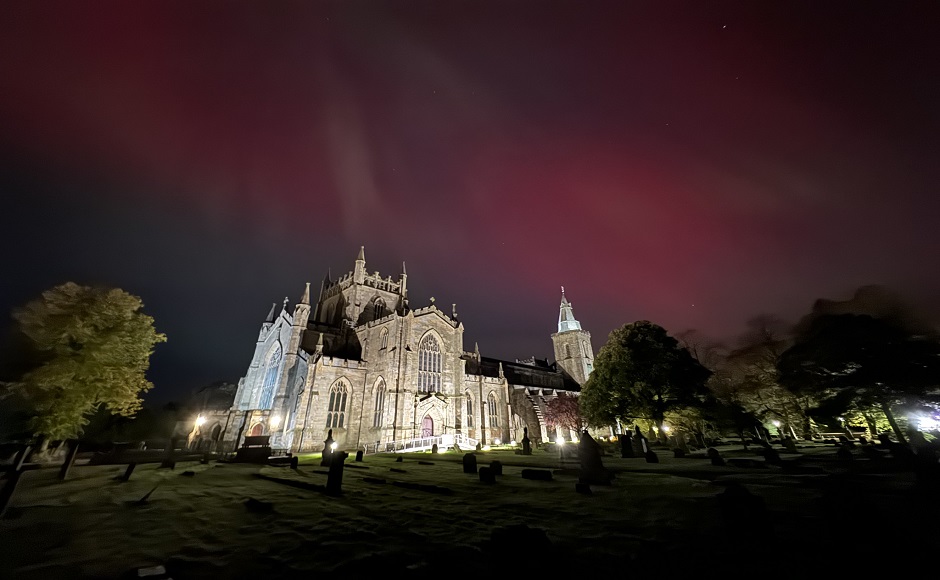
Part of 950-year-old Dunfermline Abbey, it is facing "significant challenges" with a repair bill of around £4 million expected over the next three to five years to ensure it remains wind and watertight.
Local church leaders estimate that a development plan to upgrade facilities in the building will cost a further £4 million.
An exhibition examining the role of the church in the local community and its history, is being held at Dunfermline Carnegie Library & Galleries from 22 March to 6 April.
Visitors will have an opportunity to make known their views on the future of the building, described as the "jewel in the crown" of Scotland's newest city and one that captures "Scotland's history in microcosm".
They will have an open invitation to attend a special event at the Abbey Church, famous as the royal mausoleum of Margaret (St Margaret), David I and Robert I (Robert the Bruce) , on 5 April to further discuss proposals on how to protect it for future generations.
The Abbey Church, which does not receive public funding, has set up an online fundraising page where people can donate money.
National importance
Originally founded as a priory by Queen Margaret in the 11th century, Dunfermline Abbey is described as Scotland's equivalent of Westminster Abbey in London and the Basilica of Saint-Denis in Paris.
Abbey Church of Dunfermline minister Rev Dr MaryAnn Rennie admitted: "These are eye-watering sums of money.
"We have a congregation of 425 and up until now, the burden has fallen on them to fund repairs and improvements as well as secure small grants from funding bodies such as The Carnegie (Dunfermline) Trust.
"However, this is an unsustainable funding model.
"Congregations of buildings of national importance should not be solely responsible for the bulk of repair, maintenance and sustainability of a historic building of this standing.
"Our church building is a unique icon and the tower, with the lettering ‘King Robert the Bruce', is a landmark and synonymous with the city.
"Our rich history attracts visitors and pilgrims from all over the world.
"That's why we are opening a conversation with the local community, key organisations and those with an interest about how we go forward with the building."
For nearly a millennium, Dunfermline Abbey – its palace, nave and church – have provided a place of community and refuge for its residents, visitors and pilgrims.
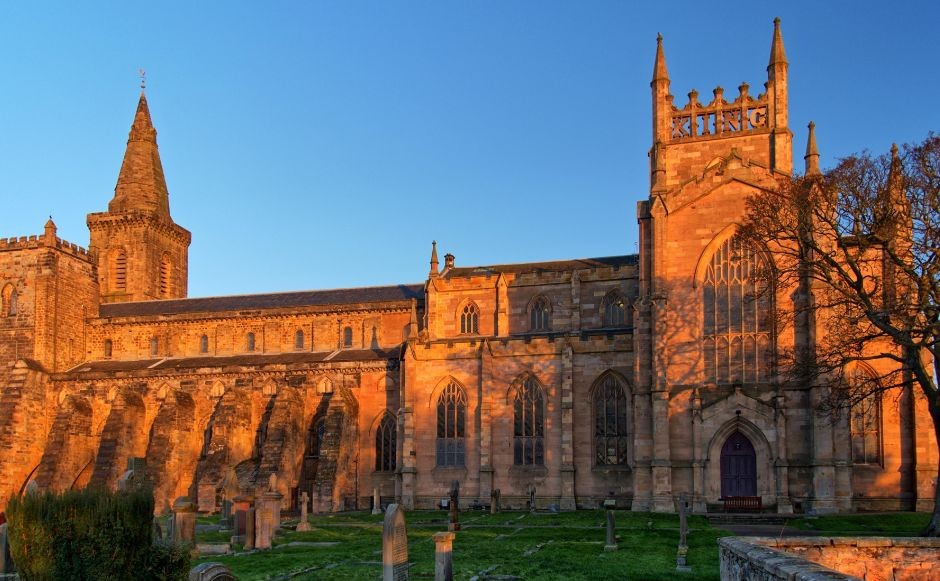
In the Middle Ages, it was the largest employer in the area, just as Fife Council, Amazon, Lloyds and TechnicFMC are today.
In the 18th and 19th centuries, The Abbey Church of Dunfermline, as well as the burgh council and local employers, was instrumental in bringing about street lighting and improved sanitation to the town, as well as maintaining the poor roll which gave people access to indoor shelter if they were ill, aged or otherwise unable to support themselves.
This work adheres to the principles that Queen Margaret set out when she founded the church in the 11th century.
Her son King David I paid for the extension of the church into a full Benedictine Abbey.
In 1320, King Robert the Bruce funded the completion and upgrading of the monastery and guesthouses and in the 1560s Queen Mary funded further major development work to the palace and nave.
The palace became the residence of James VI's queen, Anna of Denmark and the future Charles I was born there in 1600, the last monarch to be born in Scotland.
Following the Protestant Reformation, Dunfermline Abbey was ransacked with the east end of the choir area destroyed and the building fell into further disrepair over the next 200 years.
The nave survived and served as the parish church building until the 19th century.
A new church was built for £8,300, roughly £1 million in today's money.
It was funded by the Heritors (feudal local landlords) plus the Church of Scotland Accommodation Committee and opened in 1821.
The nave continues to serve as one of several entrances to the church building.
It is maintained by Historic Environment Scotland.
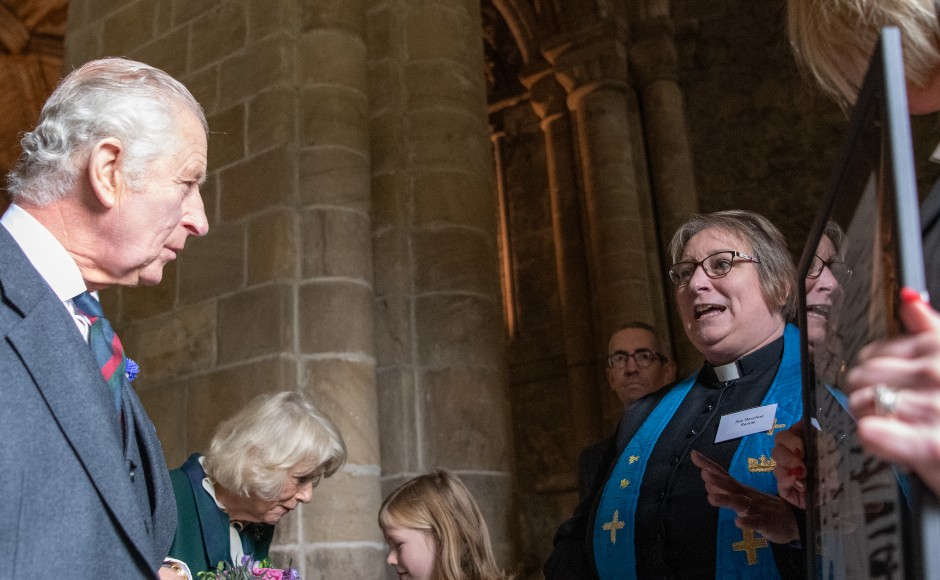
Dunfermline Abbey, and by extension the Abbey Church, has attracted Kings and Queens and pilgrims from all over Europe.
In October 2022, His Majesty King Charles and Her Majesty Queen Camilla visited Dunfermline Abbey to mark its 950th anniversary and Dunfermline becoming Scotland's 8th city.
It was the monarch's first official engagement after ascending the throne following the death of his mother, Her Majesty Queen Elizabeth.
Dunfermline's city status bid as part of the late Queen Elizabeth's Platinum Jubilee was based on its historic status after King Malcolm established Dunfermline as a new seat for royal power in the mid-11th century.
The repair bill and upgrade costs are based on surveys carried out by specialist companies.
Beginning of a journey
Dr Rennie said the congregation wants a future for the building, adding "we hope the people of the city of Dunfermline and the whole of Scotland do too.
"It has a place in people's hearts, but we have to move the building forward," she explained.
"It's no longer enough to have it only as a place of worship.
"We want to ensure it continues to fulfil its original intent of being a space for community, refuge and education at the heart of Dunfermline for the city, visitors and pilgrims for the foreseeable future.
"However, to achieve this we need to not only repair the building to keep it wind and water-tight but also adapt it whilst also maintaining its dignity and historical features.
"A lift, up to date heating and lighting, more toilets, meeting rooms for community groups and church groups to use, flexible seating provision that allows a range of events to take place.
"We want this building to be at the heart of Dunfermline and we want everyone with a connection to the city, whether a distant relative of Robert the Bruce, a tourist, a pilgrim, a resident or a member of the congregation, to come with us on this journey."
Detailed discussions about the future of the building have been ongoing at Kirk Session meetings for many years and the decision to open up a public consultation is the result of careful planning.
Dunfermline Abbey finance convener Ian Walker made clear that the Kirk Session has not been ignoring the financial situation facing the building and take their responsibilities very seriously.
"We have been discussing for some time how we are going to handle the repairs to our building and how we're going to make sure it remains the iconic centrepiece of the city of Dunfermline," he said.
Mr Walker said the situation is "very challenging" for trustees but they strongly agree they want the future for the building to be a positive one.
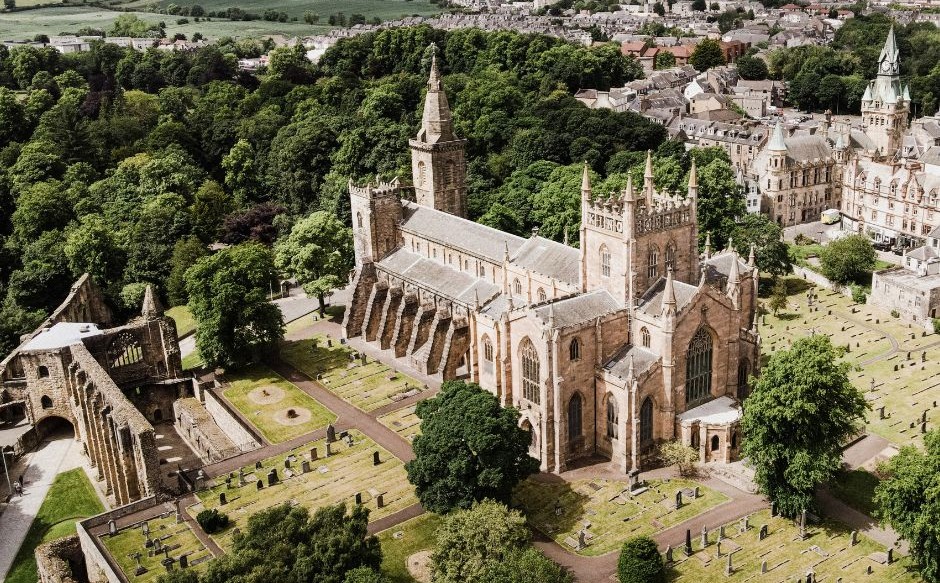
Professor Michael Penman, Professor of History at The University of Stirling, said: "Dunfermline Abbey is Scotland's equivalent of Westminster Abbey in England or Saint-Denis in France.
"It served both as a parish church to the growing adjacent burgh community, and as a monastic home for the royal mausoleum and its integral cult shrine of St Margaret.
"But Dunfermline Abbey is also surely Scotland's history in microcosm.
"In its walls, records, material remains and, above all, the stories of its people, we can trace over a thousand years of spiritual, political, economic, military, civic and cultural experience.
"And, like the medieval castles of Edinburgh and Stirling, the Abbey is almost singularly synonymous with the identity of Dunfermline as a burgh and now city, an enduring icon at the heart of a wider hinterland and ‘kingdom'.
"In that sense, it is indeed perhaps time to re-evaluate how it should be conserved, presented and used.
"As I often ask my students, given its importance and what it holds (and it holds so much more than just the remains of Robert the Bruce), what might other communities or even nations have done with such a church and its legacy?
"And what should we do now and for future generations?
"That is the very question the church is going to ask the community in March (and April) when it goes out to consultation on the future of the building."
